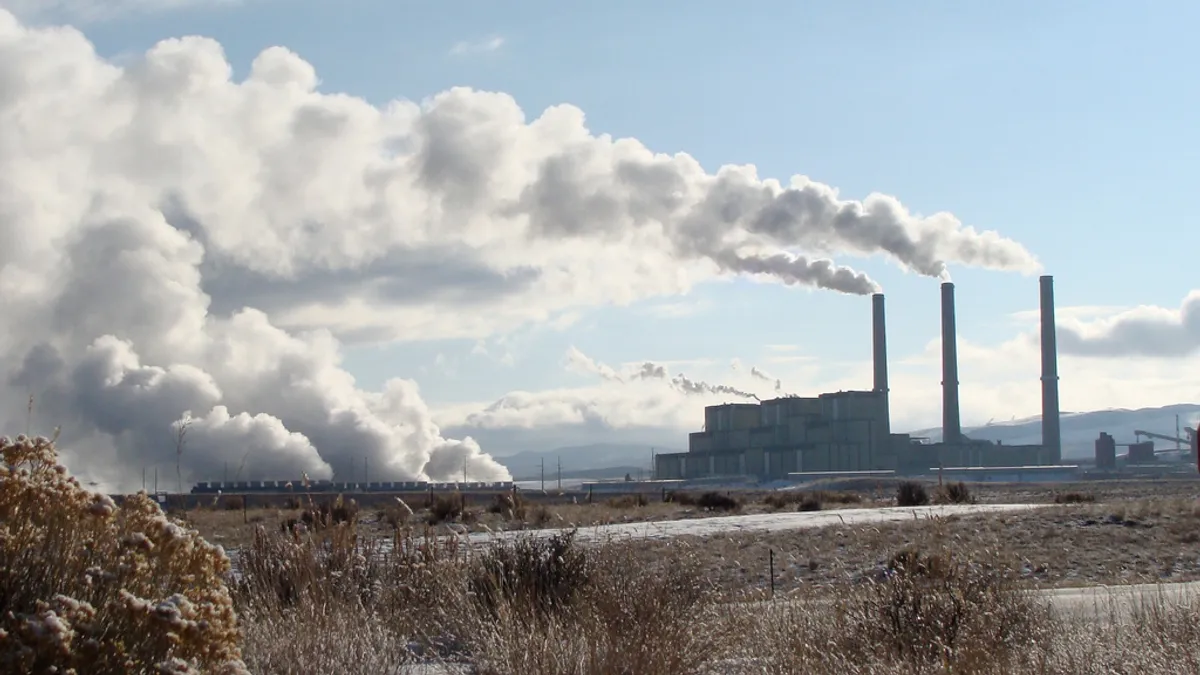Dive Brief:
- The Illinois Commerce Commission has begun hearings on how to comply with U.S. EPA mandated rules calling for a 33% reduction in CO2 emissions in the state by 2030.
- Work has already begun to make coal plants more efficient or in some cases to convert them to gas-fired generation in the state. But this has some plant owners arguing they've already done their part.
- Coal generators have told the commission that many of their plants are already as efficient as possible and reductions must come from other sources. Some said the state needs more distributed generation and voluntary fuel conversions.
Dive Insight:
Nuclear may be king in Illinois -- the state leads the nation in generating capacity from nukes -- but coal is no slouch either, and this will likely be the focus of the state's EPA-compliance dilemma. Almost half of Illinois generation is nuclear, with coal-fired power making up about 41% of the state's energy mix.
The federal government has mandated a nationwide 30% reduction of greenhouse gas emissions by 2030, with specific targets and compliance flexibility given to the states. Illinois' reduction target is 33% overall based on 2005 emissions levels.
The Chicago Tribune looked to Dynegy's generation portfolio in the state, where the company owns nine coal-fired plants and one gas-fired facility. Efficiency upgrades have already made the coal plants as efficient as possible, the company said. Upgrades boosted efficiency 3% but, according to Managing Director of Regulatory Affairs Dean Ellis, installing scrubbers had the opposite effect.
"By consuming energy, they actually degrade the efficiency of the plant," Ellis told the Tribune.















